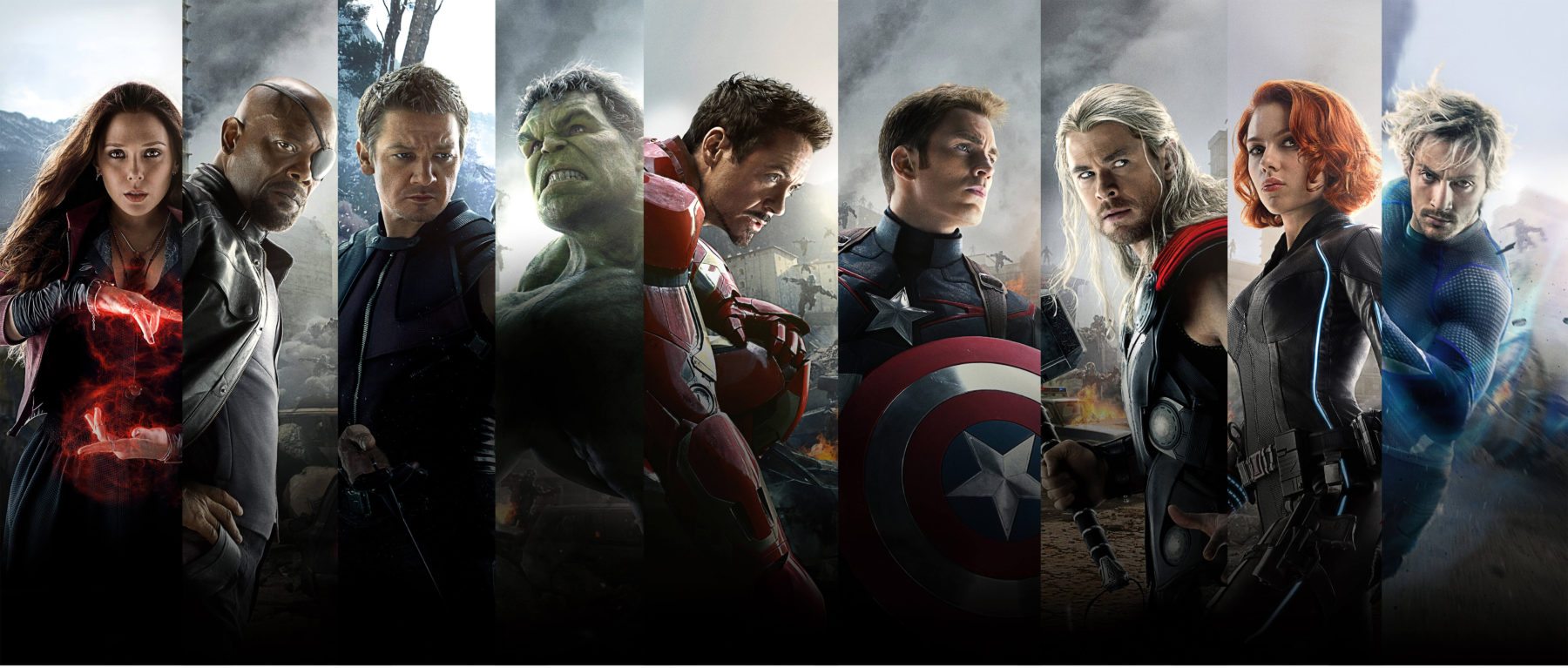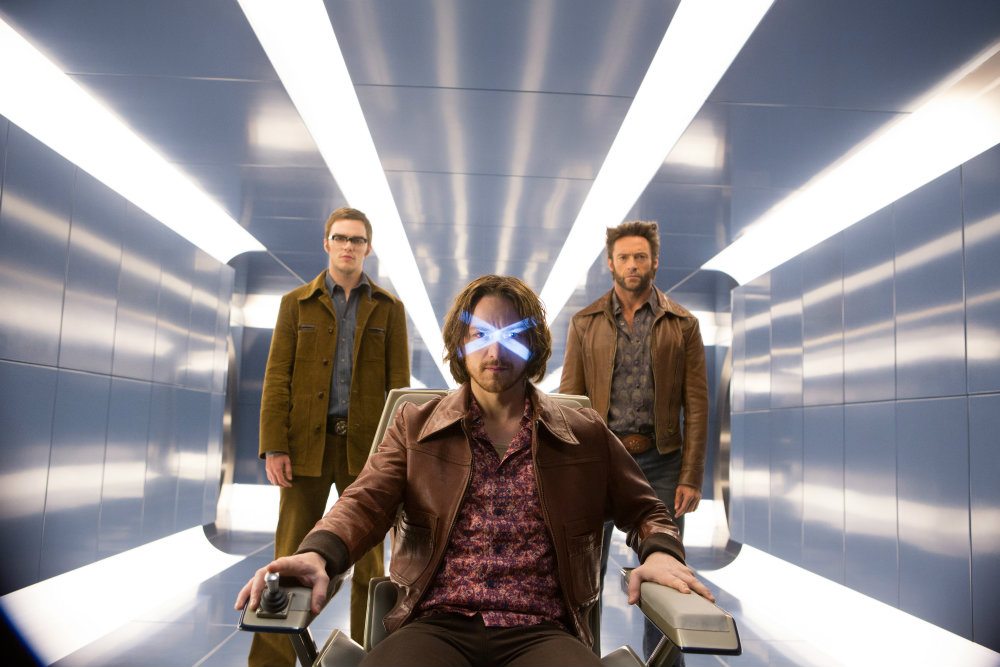The Manifold Marvel Model
The superhero movie has changed the landscape of modern Hollywood. Not only did the ‘geek’ inherit Hollywood (and the world), but suddenly the classicist origins of the genre that stemmed from Donner’s Superman took on a new form following the critical failures of many page-to-screen adaptations of popular heroes. Marvel decided to launch the single most ambitious Hollywood project since The Lord of the Rings Trilogy; to introduce multiple second-tier heroes in their own individual movies before culminating in the singular, epic undertaking of Avengers Assemble. Thought a doomed feat, the film broke box-office records and launched Phase 2 of their design. Here is the question: why has this become the norm? Why has the Phase 2 of anything become an acceptable option to take?
Of cause, the Box-Office figures are the main drive of any property in Hollywood and are the primary motivation of any franchise title. Thus, a majority of the biggest films being released today are mainly adaptations of pre-existing texts, or belated sequels to nostalgic properties held dearly to the hearts of the ‘geeks’ now running the show.
The very notion of “Phase 2” evokes the prospect of more to come, and the nature of planning and execution is now imperative to franchise building based on the success of Marvel’s cinematic universe model – where characters can be shared between titles free of restriction in favour of world-building. At worst these pictures are ones that cater to fan service too often than not (Iron Man 2 & Age of Ultron). However, the definition of success is something that varies, and when not implemented properly the results can prove disastrous for studios and fans alike.
Marvel’s first competitors are DC, who having failed to launch their own competitive universe with Green Lantern restarted with the moderately well-received Man of Steel. But unlike Marvel who took their time with character introductions, DC have sought to cram as much as possible into a single follow up feature that no longer resembles a sequel, and more of a prequel to the main feature of Justice League (Part 1 & 2 no less). They operate under the assumption of prior familiarity from the audience to these characters identities, before their belated origin movies follow in tow to pick up the plot strands.
Even this seems fairly conservative in contrast to the catastrophic failure of Sony’s intended The Amazing Spider-Man cinematic universe, which buckled under the pressure of not only reintroducing a familiar character but rushing into the slate every title under the Spider-Man canopy. The structural and critical failures of The Amazing Spider-Man 2’s plot meant Sony now has to share their icon with Marvel to maintain the rights and financial stability of the property.
Many movements like these require the necessities of a soft-reboot touch to a film and character, indented to wipe away the memories of past failures in the audience’s eyes by striking up a new continuity to play with. Batman Begins and The Incredible Hulk have found moderate success in these fields, even when Ghost Rider and The Punisher have still failed to find their feet. Amongst the battlefield though stands the X-Men series; a genuine rarity in that even 15 years since the original film, the film have still stuck to a singular continuity strand that has suffered through spin-offs, sequels, prequels and both in the form of 2014’s Days of Future Past.
The issue comes in the form of how much any audience can take before we reach a point of oversaturation where the machine just breaks down
Outside of comic-books, the bug has been caught by everyone from Transformers and Ghostbusters, to the BBC’s upcoming Dickensian; a shared Dickens cinematic universe with. A lot of this does come down to greed, but along the way some discoveries are made. A female Ghostbusters being unique a take enough, multi-genre explorations and career defining roles have been crafted from many of these pictures. The issue comes in the form of how much any audience can take before we reach a point of oversaturation where the machine just breaks down. What is one superhero film too many before they stop making the money they’re used too? How many times can the same story be retold?
When spectacle and set-piece heroics become the expectation, have the base pleasures become akin to that of an amusement ride, where you get exactly what you pay for and nothing more? Time will tell.



Comments